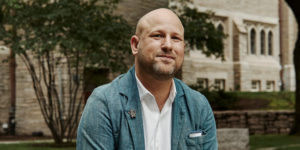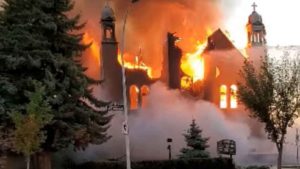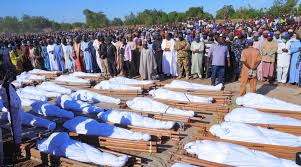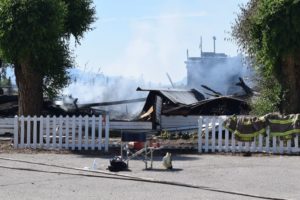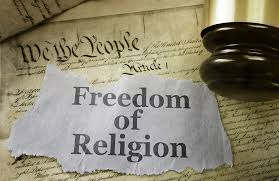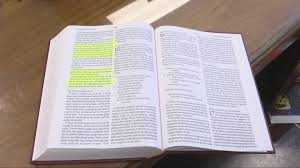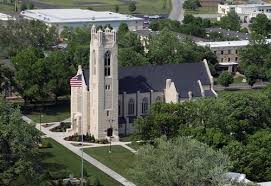

Claire Giangravé – September 3, 2021
VATICAN CITY (RNS) — In 2001, Cardinal Jorge Bergoglio was a rapporteur for the summit of bishops at the Vatican — and he did not like what he saw.
The Catholic Church had adopted a top-to-bottom approach that stripped local churches of any decision-making power, and the synod of bishops was reduced to nothing more than a stamp of approval for prepackaged conclusions made in Rome.
When Bergoglio emerged as Pope Francis in the 2013 conclave, the synodal process was high on his list for reform.
“There was a cardinal who told us what should be discussed and what should not,” Francis said about his experience at the 2001General Synod in an interview with the Argentine newspaper La Nation in 2014. “That will not happen now,” he added.
On Oct. 9 and 10, Pope Francis will inaugurate a three-year preparation process for the 2023 Synod, which will focus on reforming the synodal process. The preparation process and the 2023 Synod, with the theme “For a Synodal Church: communion, participation and mission,” have the potential to revolutionize the way decisions are made in the Catholic Church and promote a more decentralized structure of authority.
“If people just think about this as a meeting on meetings, they are so missing the point,” said the Rev. David McCallum, executive director of the Program for Discerning Leadership of the Gregorian University in Rome and a member of the Synod Commission on Methodology, in an interview with Religion News Service.
The three-year synodal review process will take place in three phases: a local phase at the diocesan and parish level, a continental phase engaging bishops’ conferences around the world and a universal phase, when bishops and lay people will convene in Rome to discuss the findings and topics developed in the first two phases. To coordinate and guide the entire process, Pope Francis created a five-member steering committee flanked by two commissions on methodology and theology.
The hierarchical structure Pope Francis eschewed at the Vatican in 2001 is currently reflected in Catholic dioceses around the globe. Throughout history “it became very natural that bishops, who were often the most educated and prepared leaders in the particular region where the church was, exercised their leadership as a mayor would,” McCallum explained.

